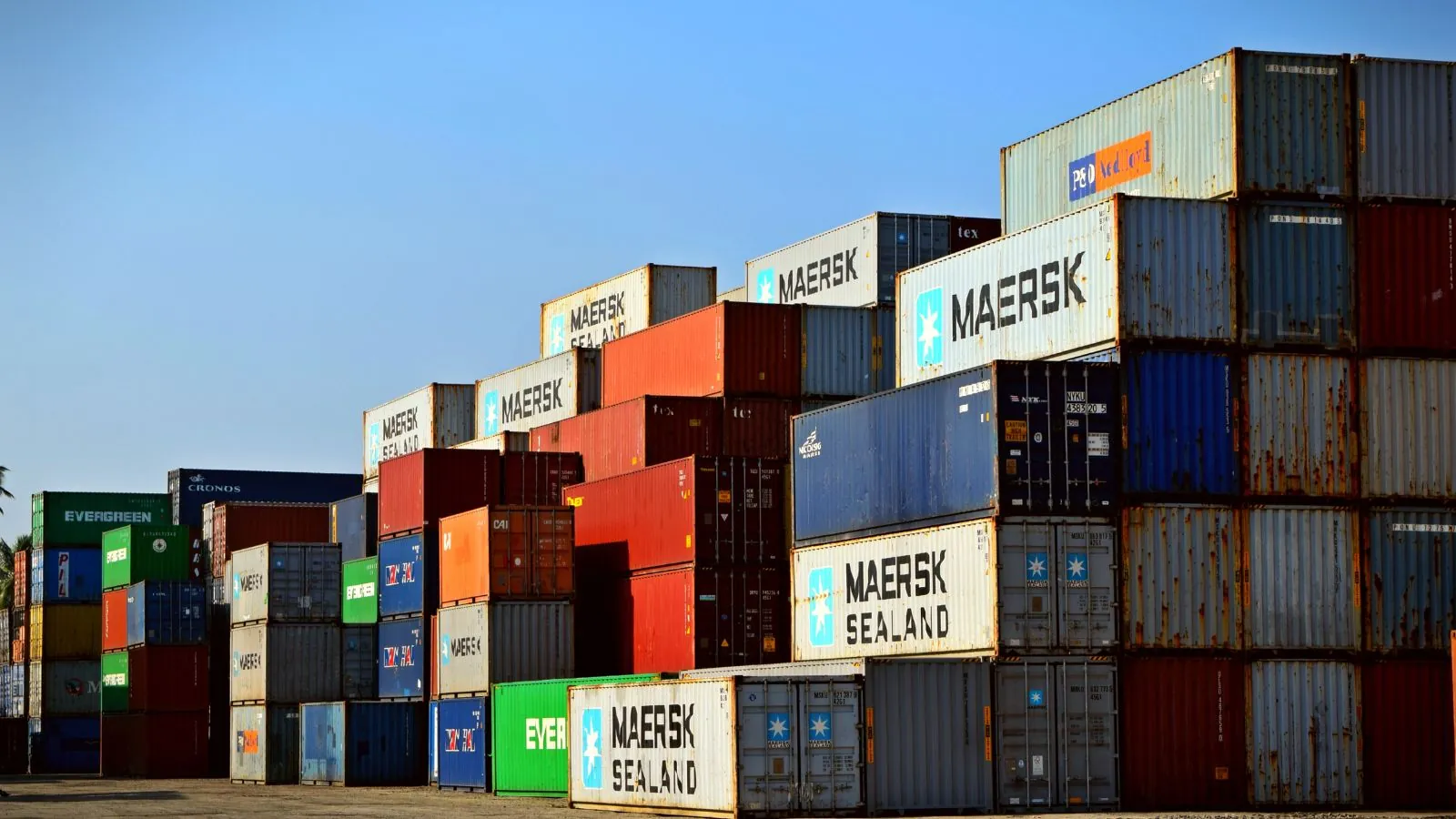Understanding Complex Cargo Loading Requirements

Handling complex cargo, in a lot of logistical contexts, can involve tackling a staggering number of interrelated issues. It presents unique challenges, including awkward weight distribution, incalculable risks of damage, and specialised securing needs.
Managing these nuances well can be exceptionally tricky, and as with anything, to approach it effectively, you need to understand what it is that you’re working with more generally.
Coming back to the basics
Complex cargo often means coming back to square one. A heavy but narrow and top-heavy load, for example, may shift dramatically during transport if not properly supported. A delicate component might need cushioning and protection, but will still likely need to be strongly secure in place. The goal is simple: pack it properly, ensure stability, and keep damage to an absolute minimum.
Protecting the load & people

The risk isn’t just that goods get bent or that equipment gets crushed. Poor loading setups put people in harm’s way, and thankfully, solutions like Joloda Hydraroll’s LoadPlate eliminate the need for anyone to climb into containers during these risky processes.
The system moves large or fragile units into place using controlled rollers, with no muscle power needed, and high levels of precision and safety. That means fewer accidents, and much less worry about destroying incredibly expensive cargoes.
Not losing time
It’s possible to move most objects safely given enough time and tools, but in logistics, you can’t afford to bog yourself down in unnecessarily slow processes. As a result, it’s imperative that logistics providers seek loading solutions that are both capable of loading complex shapes and weights, but also of doing so as quickly and predictably as reasonably possible.
Flexibility
One of the most impressive advances in these kinds of loading solutions is their ability to work seamlessly with a range of different containers and trucks. There’s often no need to invest in additional reinforced floors, custom trailers, or to make annoying structural tweaks. Whether it’s long steel beams or bulky packaging, the platforms adapt and shift the load with high degrees of precision, all while the container stays as it is.
Choosing a system for you
First of all, you need to know the load inside out, including the weight, length, centre of gravity, and fragility. Next, you need to be able to anticipate likely shifts, as even a slight imbalance can escalate during transit and cause tipping or other serious issues.
You’ll also want to figure out how to secure and stabilise the load once it’s in; lashing, cushioning, and spacing matters, especially with long or delicate items. Finally, you need to plan sequencing smartly, especially during container stuffing or when load mixes vary.
The main benefits
The benefits to using the right loading system are multiple. When loading these kinds of complex cargoes is controlled, predictable, and safe, you’re more than halfway there. Adding in the right systems brings a layer of added automation without undue complexity, in a way that’s perfectly suited to the kind of awkward, oversized, or fragile loads that used to slow teams down.
In a world increasingly defined by the need to increase efficiency – and reduce complications – getting your complex cargo loading right isn’t optional. As a logistics provider, it’s quite literally the foundation of everything else you do.
What's Your Reaction?
Gregory is a website manager who loves reading books, learning languages and traveling. He's always been fascinated by different cultures, and has spent years studying different languages in order to be able to communicate with people from all over the world. When he's not working or traveling, he enjoys relaxing at home with a good book.



